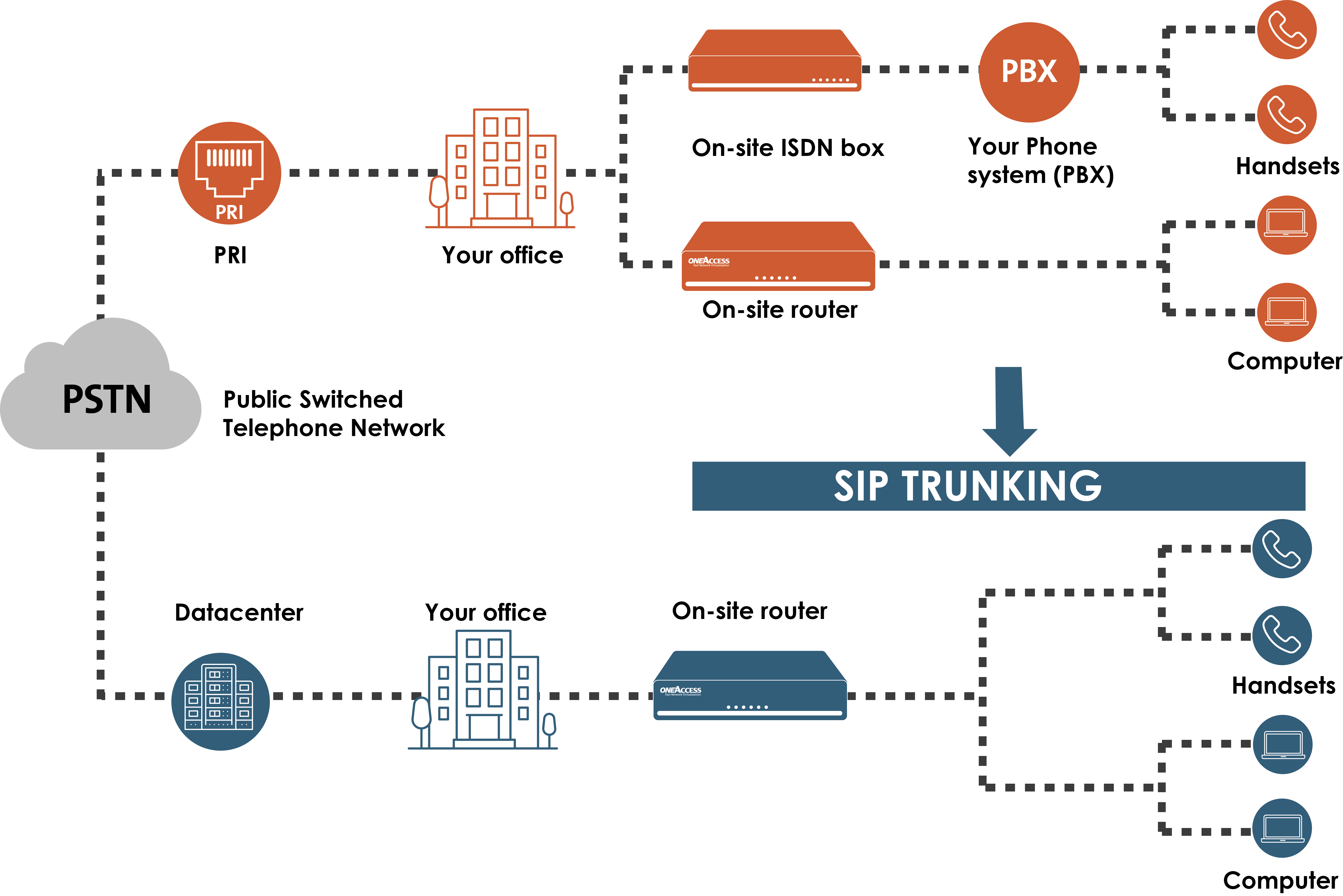In the realm of modern telecommunications, the Session Initiation Protocol (SIP) stands as a foundational pillar, facilitating the initiation, modification, and termination of multimedia communication sessions. Enabling the seamless exchange of voice, video, and text across IP networks, SIP protocol employs a layered architecture akin to other networking protocols. Understanding the SIP protocol stack and its layers is essential for comprehending the intricacies of real-time communication over the internet. In this comprehensive guide, we delve into the layers of the SIP protocol stack, shedding light on their functions and interactions.
Introduction to SIP Protocol Stack
Before delving into the layers, it’s imperative to grasp the essence of the SIP protocol stack. SIP, developed by the Internet Engineering Task Force (IETF), operates at the application layer of the Internet Protocol Suite (TCP/IP). It serves as the cornerstone for establishing, modifying, and terminating multimedia sessions, including voice and video calls, conferencing, and instant messaging.
1. Application Layer
At the summit of the SIP protocol stack resides the Application Layer, where SIP messages are generated, processed, and interpreted. These messages encapsulate session initiation, modification, and termination commands, employing textual representations defined by the SIP protocol. The application layer also encompasses user agents, which initiate SIP sessions, and SIP servers, responsible for routing and processing SIP messages.
2. Transaction Layer
Beneath the Application Layer lies the Transaction Layer, facilitating reliable message exchange between SIP entities. This layer manages client-server interactions through transactions, which represent request-response pairs between SIP endpoints. Transactions play a pivotal role in ensuring the orderly exchange of SIP messages, coordinating activities such as session establishment and teardown.
3. Transport Layer
The Transport Layer bridges the gap between the higher-level SIP protocol and the underlying network infrastructure. SIP predominantly relies on the User Datagram Protocol (UDP) and Transmission Control Protocol (TCP) for message transport. UDP is favored for its lightweight nature and suitability for real-time communication, while TCP offers reliability through connection-oriented communication. The choice between UDP and TCP depends on factors such as message size, network conditions, and reliability requirements.
4. Network Layer
Sitting at the heart of the SIP protocol stack, the Network Layer handles IP addressing, routing, and packet forwarding. It ensures the delivery of SIP messages between source and destination endpoints across heterogeneous IP networks. SIP trunking providers play a crucial role at this layer, offering SIP trunking services to enterprises seeking to connect their Private Branch Exchange (PBX) systems to the Public Switched Telephone Network (PSTN) via IP networks. These providers establish SIP trunks, virtual connections that enable the transmission of voice and multimedia traffic over IP, replacing traditional physical connections.
5. Data Link Layer
Although SIP operates primarily at the Application Layer, its functionality relies on lower-level protocols within the Data Link Layer, such as Ethernet or Wi-Fi. These protocols govern the transmission of data frames between network devices, ensuring reliable communication over local area networks (LANs) or wireless networks.
6. Physical Layer
The Physical Layer encompasses the hardware components and transmission media responsible for conveying binary data across the network. It includes cables, optical fibers, wireless radio waves, and other physical mediums that facilitate the transmission of SIP messages between network devices.
Conclusion
In conclusion, the SIP protocol stack comprises multiple layers, each playing a vital role in enabling seamless communication over IP networks. From the application layer, where SIP messages are generated and interpreted, to the physical layer, encompassing the transmission medium, every layer contributes to the robustness and reliability of SIP-based communication. Moreover, with the proliferation of SIP trunking providers, organizations can leverage SIP trunking services to streamline their communication infrastructure, achieving cost savings and enhanced flexibility. Understanding the layers of the SIP protocol stack is essential for network engineers, developers, and telecommunications professionals tasked with designing, deploying, and maintaining SIP-based solutions in today’s interconnected world.





